Introduction
In Yu-Gi-Oh! TCG, archetypes are a package of cards that share a focal theme and were designed to be played together. They're usually connected by name, and some even share effects.
As each archetype has their own game mechanic or strategy, they are not all that efficient. This means we can classify them from best to worst depending on how the metagame changes as time goes on.
Furthermore, each player's opinion and how popular the archetype itself is also affects their rankings. With so many different rankings around, we decided to throw our hat in the ring and write our own list!
Let's see our top 10 worst Yu-Gi-Oh! TCG archetypes!
Yu-Gi-Oh!TCG - Top 10 Worst Archetypes
10 - Alien
Alien is an archetype that includes Reptile monsters with multiple attributes. Its strategy focuses on A-Counters, which weaken your opponent's monsters and enable Alien effects.
Cards in this archetype have varied effects, from giving you an advantage in the game to interacting with your opponent (some are quite specific). Alien effects heavily depend on A-Counters, which means this strategy struggles against decks that prevent you from stacking these counters. Decks that spam multiple monsters on the board, self-destruct, banish other cards, or even tap your monsters face-down, for instance, are very efficient against the Alien archetype. As most current decks have mechanics like those, the Alien archetype is quite vulnerable.
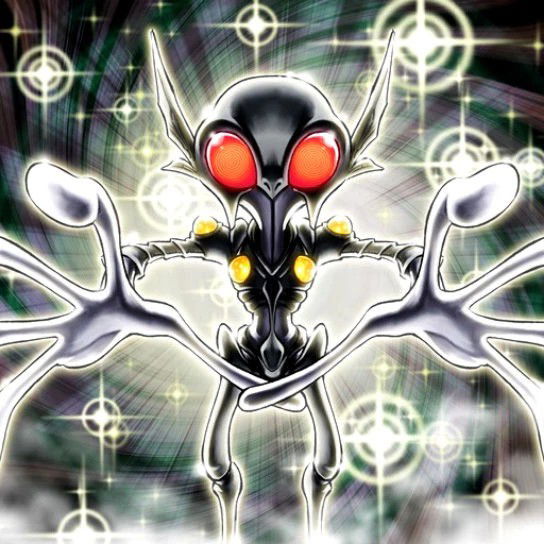
9 - Ally of Justice
"Ally of Justice" is an archetype that includes Machine monsters with the Dark attribute. Its strategy focuses solely on destroying enemy monsters of a specific attribute. This way, the effects of Ally of Justice monsters boost them during the battle phase if their opponent controls any monsters with the Light attribute.
This is a really unique condition to meet for an archetype, and is definitely Ally of Justice's biggest flaw, as its best cards are useless against most decks.
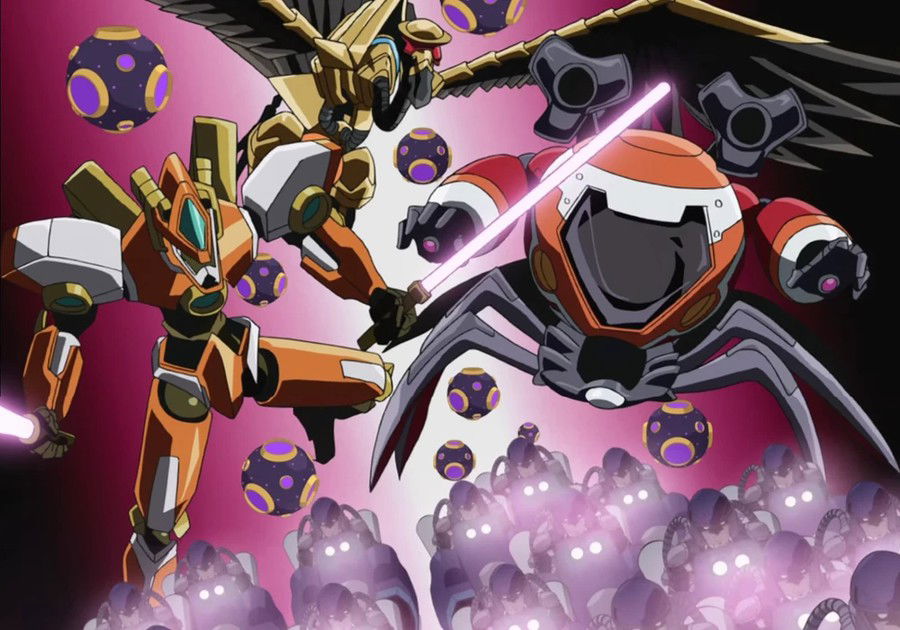
8 - Arcana Force
"Arcana Force" is an archetype that includes Fairy monsters with the Light attribute. Its strategy relies on luck and coin tosses. Arcana Force monsters were inspired by tarot cards, more specifically the Major Arcana, whereas its spell and trap cards were inspired by the Minor Arcana.
Its entire mechanic focuses on coin tosses, which makes it highly inconsistent and unpredictable, as it forces its player to rely on wholly random conditions.
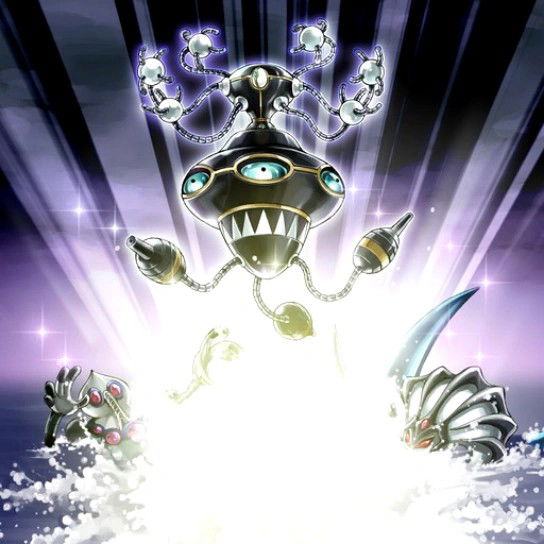
7 - Dark Scorpion
"Dark Scorpion" is an archetype that includes Warrior monsters with the Dark attribute. Its theme focuses on thieves and outlaws. The effects of Dark Scorpion monsters activate when they deal combat damage to your opponent, and let you pick between two effects. There are effects that give you an advantage by letting you search for cards in your deck or recycle them from your graveyard, for instance. However, most of these effects "disrupts" the board, your opponent's hand or deck in some way, and this way it is as if the members of the Dark Scorpion gang just raided them.
This archetype's biggest weak spot is that its monsters' ATK points are too low, which makes dealing combat damage to your opponent difficult. Furthermore, Dark Scorpion monsters don't have any protection effects that make them stronger. So, the entire deck heavily depends on cards that aren't in the archetype itself and either increase your ATK points or weaken your opponent's ATK points.
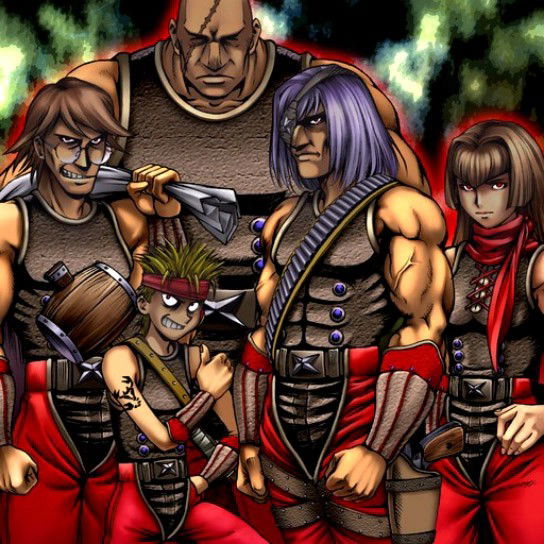
6 - Flower Cardian
"Flower Cardian" is an archetype that includes Warrior monsters with the Dark attribute. Its strategy was inspired by Hanafuda, a type of Japanese playing cards. Its effects let a player tribute a Flower Cardian monster on the board to summon another Flower Cardian monster on their hand with the same level, and draw one card. If the card you drew is any other Flower Cardian monster, you can summon it and keep drawing and summoning cards. Spamming monsters like this is a combo known as "Yaku", represented by synchro-summons.
Among its many flaws, I'll stress that it depends on you having monsters of the same level in your hand and board to special-summon, and it also relies on the card you draw afterward, which is essential to keep the combo going. As a result, Flower Cardian is quite inconsistent, as well as quite vulnerable to your opponent's interactions.
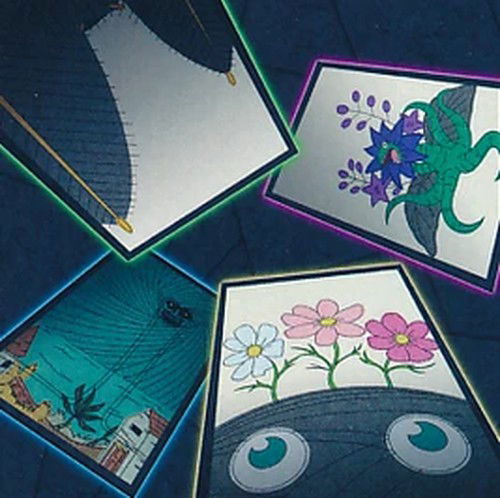
5 - Jurrac
"Jurrac" is an archetype that includes Dinosaur monsters with the Fire attribute, and has a "primitive" beatdown strategy. The effects of Jurrac monsters mostly give them more ATK points when you tribute other dinosaurs, but you can also destroy monsters in battle to trigger their other effects and get ahead. It struggles with consistency, and is considered too slow.
Furthermore, despite being best when you go second, Jurrac is very vulnerable to interactions that disrupt your plays.
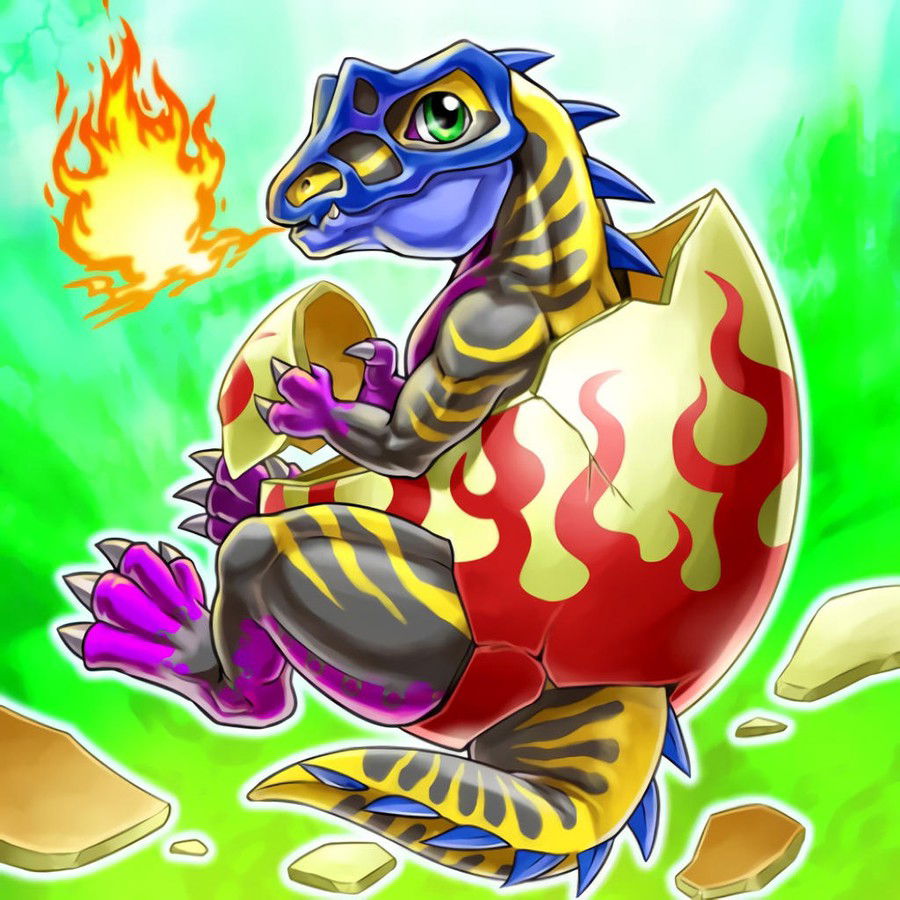
4 - Ojama
"Ojama" is an archetype that includes Fiend monsters with the Light attribute. Many of its cards have effects that occupy or prevent your opponent from using their main monster zones. Besides locking down enemy zones, Ojama spams monsters on the board to access its extra deck, and has a field spell which swaps their ATK points (which are all 0) for their DEF points. That's how you'll have a little bit of "firepower".
Even though it has an "oppressive" strategy, Ojama is too slow and vulnerable to interaction, so it's inefficient against most decks.
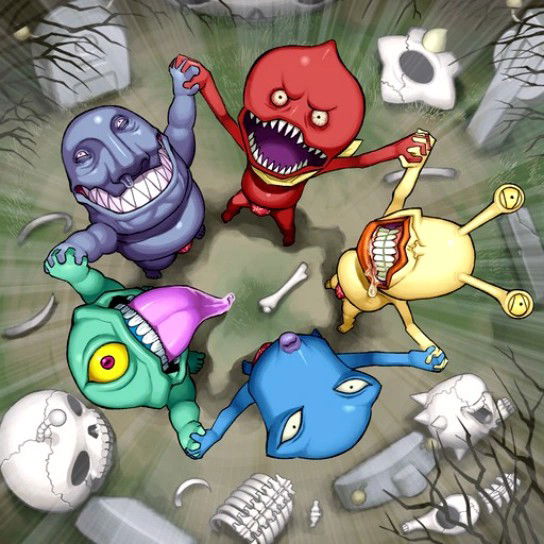
3 - Sphinx
"Sphinx" is an archetype that includes Fiend and Rock monsters with the Light and Earth attributes, respectively. Its Fiend monsters with the Light attribute have good ATK/DEF points and deal extra damage with their effects, but are quite difficult to summon and heavily depend on Pyramid of Light. As for its Rock monsters with the Earth attribute, their mechanics focus on "tapping cards", and are connected to Exxod, Master of The Guard.
Sphinx is quite straightforward, and its monsters don't have a lot of synergy with one another. They're divided into a game style that focuses on "powerful attacks" and another that focuses on "board control effects". Besides this, they're quite expensive to summon, and too slow for modern Yu-Gi-Oh! TCG.
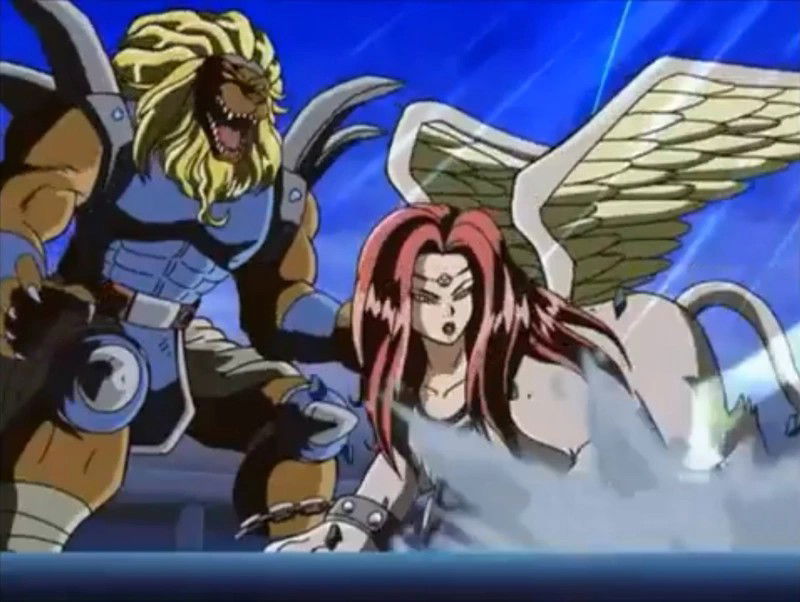
2 - Venom
"Venom" is an archetype that includes Reptile monsters with the Earth attribute. Its strategy is based around venom counters, which lower the ATK points of enemy monsters. Other than this, the most powerful Venom monsters also increase their ATK points according to how many Reptiles you have in your graveyard.
They also include an alternative win condition based on the number of hyper venom counters you have. It may seem strong, but Venom struggles with the same problems that every other counter-based strategy has. It relies too much on them, and it is incredibly easy to get rid of any counter nowadays.
Another issue is that most Venom monsters are too weak, and are easily subdued in battle.
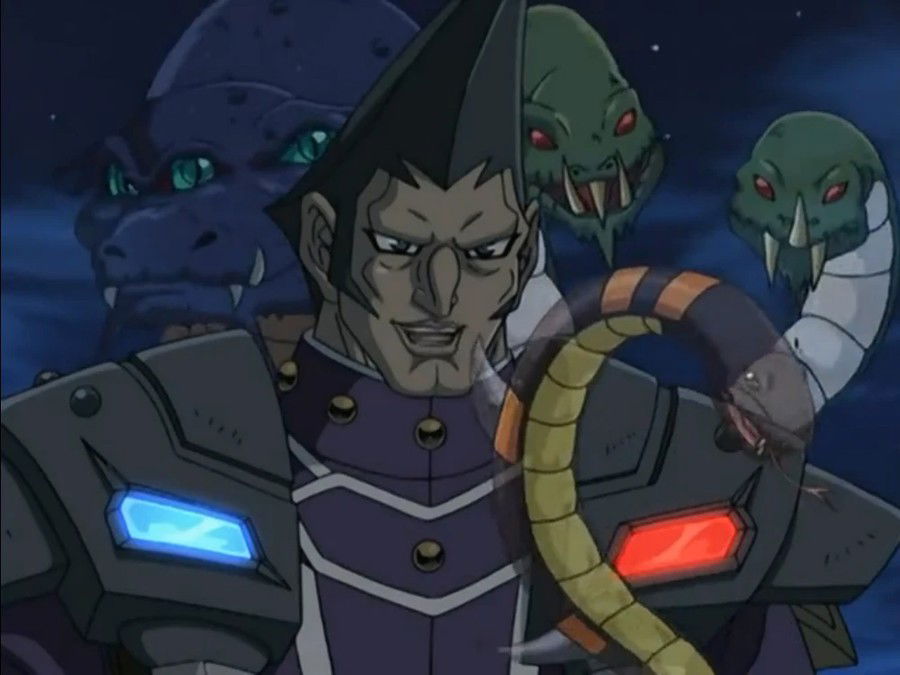
1 - Vylon
"Vylon" is an archetype that includes Fairy, Machine, and Thunder monsters with the Light attribute. Its strategy is based on equipping monsters with equipment cards, and centers around a few monsters that activate effects when you equip them.
You can only equip Vylon equipment spells to Vylon monsters, and they share a secondary effect: they let you get another Vylon spell card when they're moved from the board to the graveyard. However, that's not enough to solve this deck's consistency issues.
Another issue with this archetype is that its monsters usually only work when they're equipped, so they're too dependent on equipment, and thus Vylon is just too vulnerable.
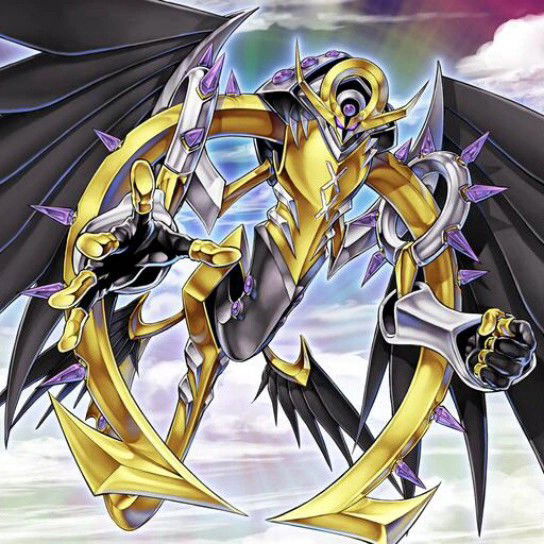
Final Words
Do you agree with our list? Tell us your thoughts in our comment section below.
Check out our other articles to keep learning about Yu-Gi-Oh!TCG!
Cards Realm thanks you for your support!









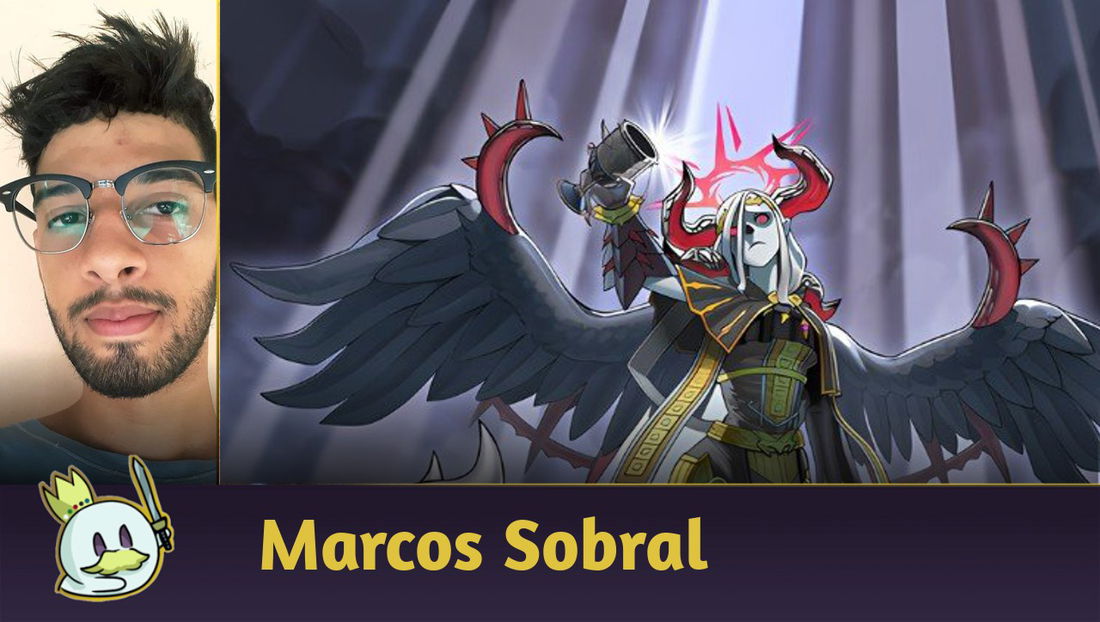
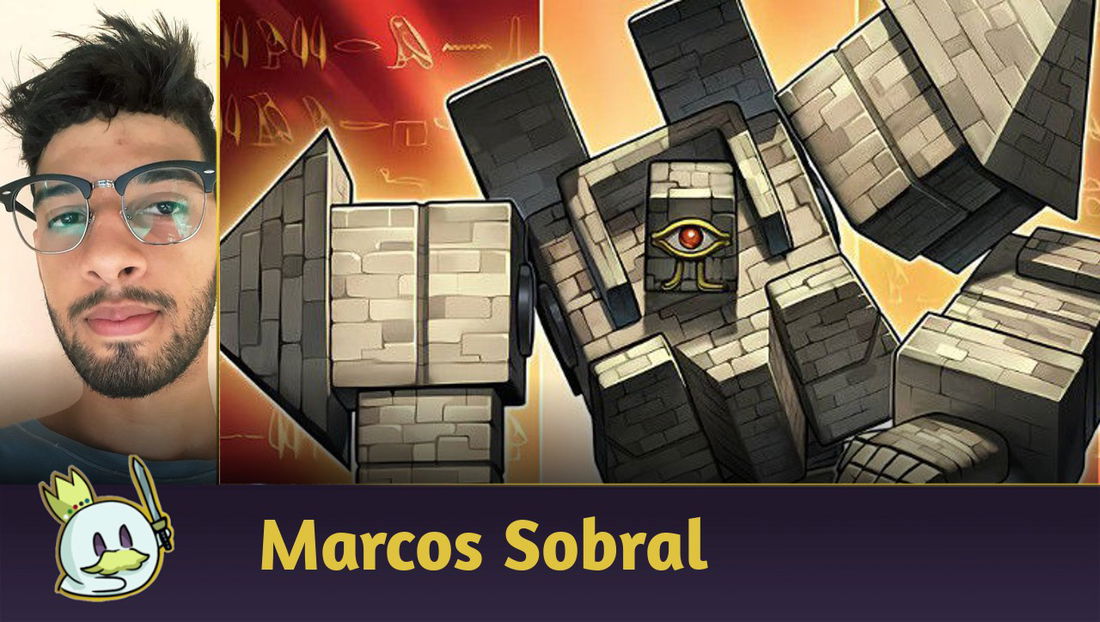



— Comentários 0
, Reações 1
Seja o primeiro a comentar